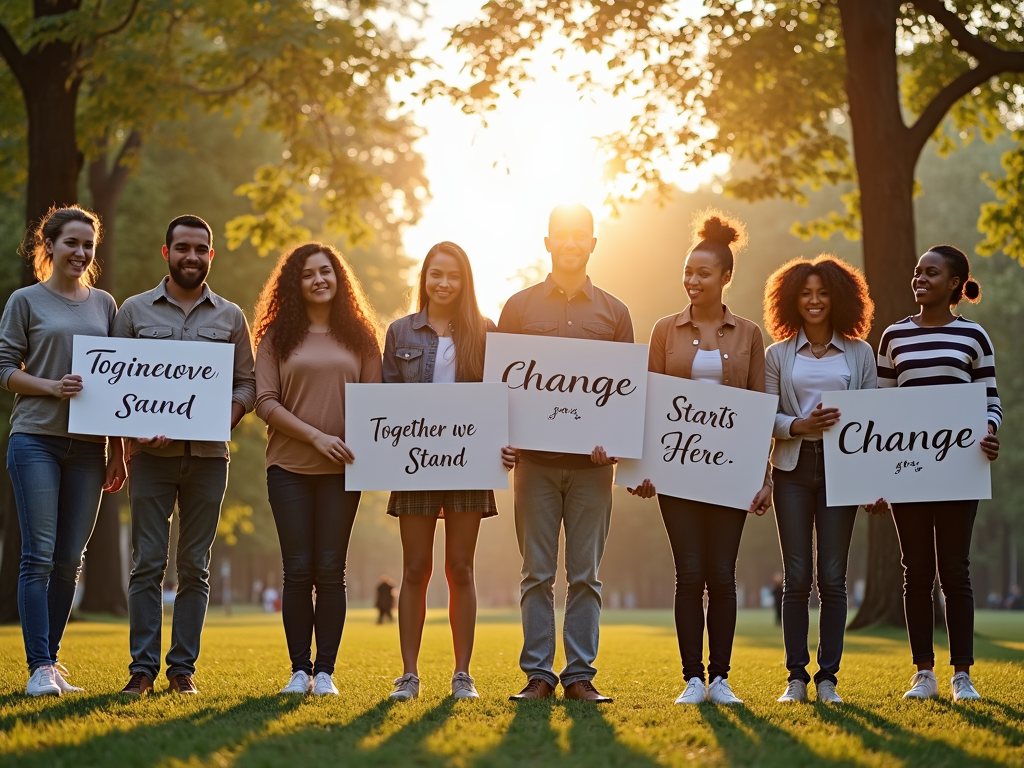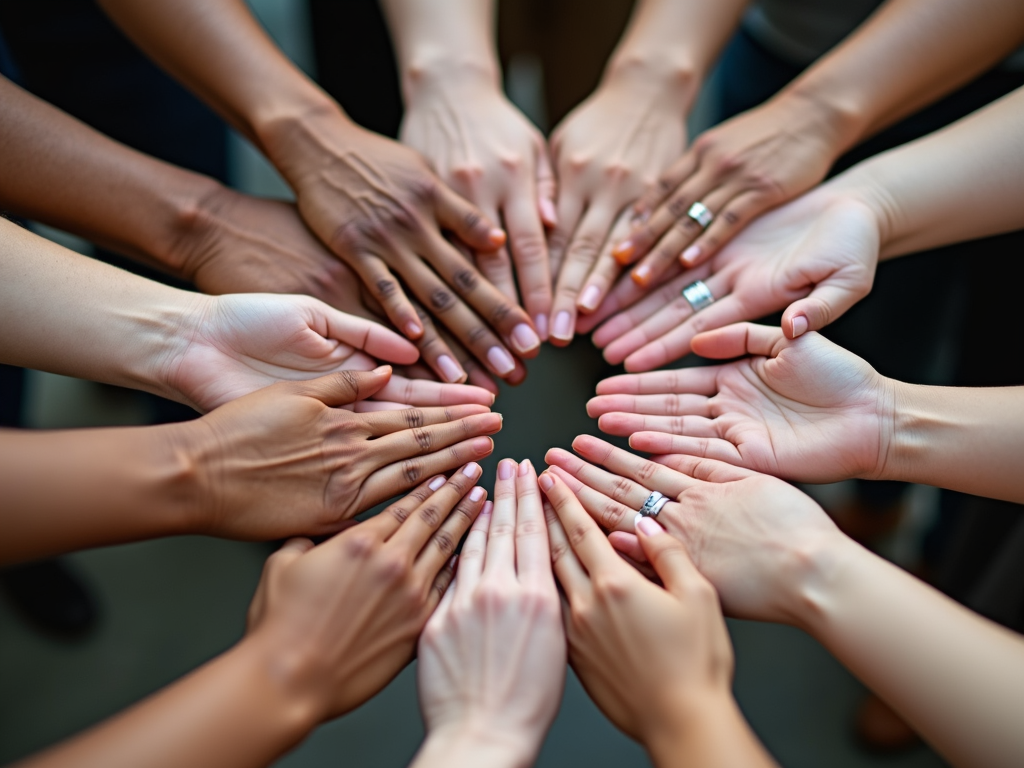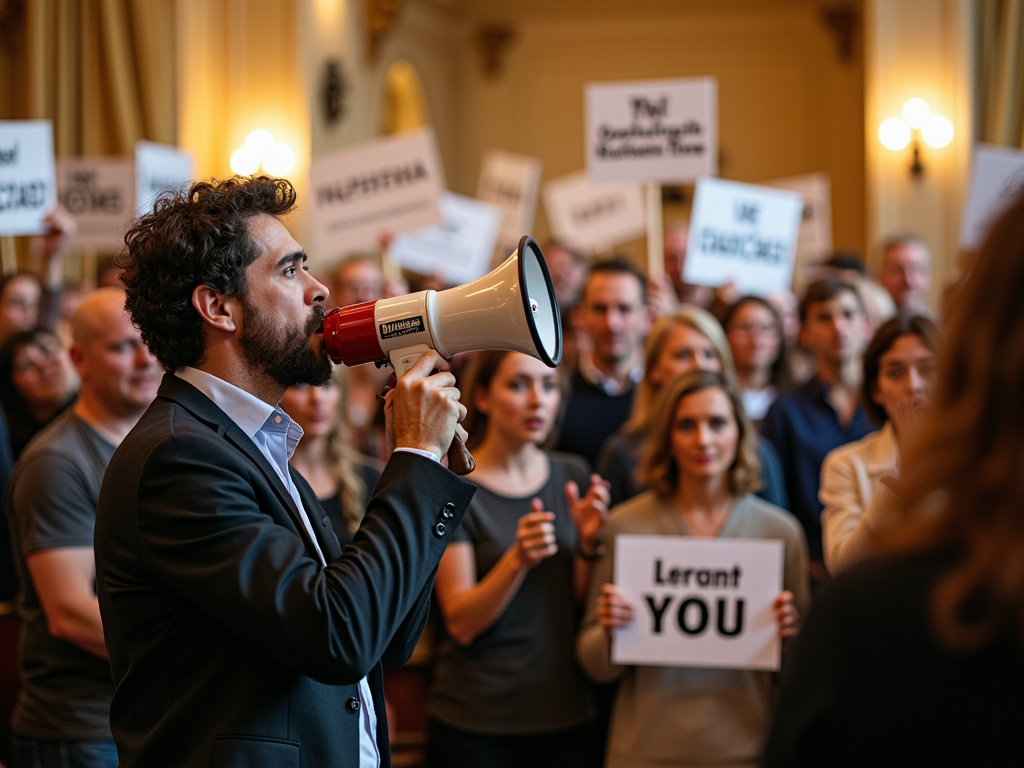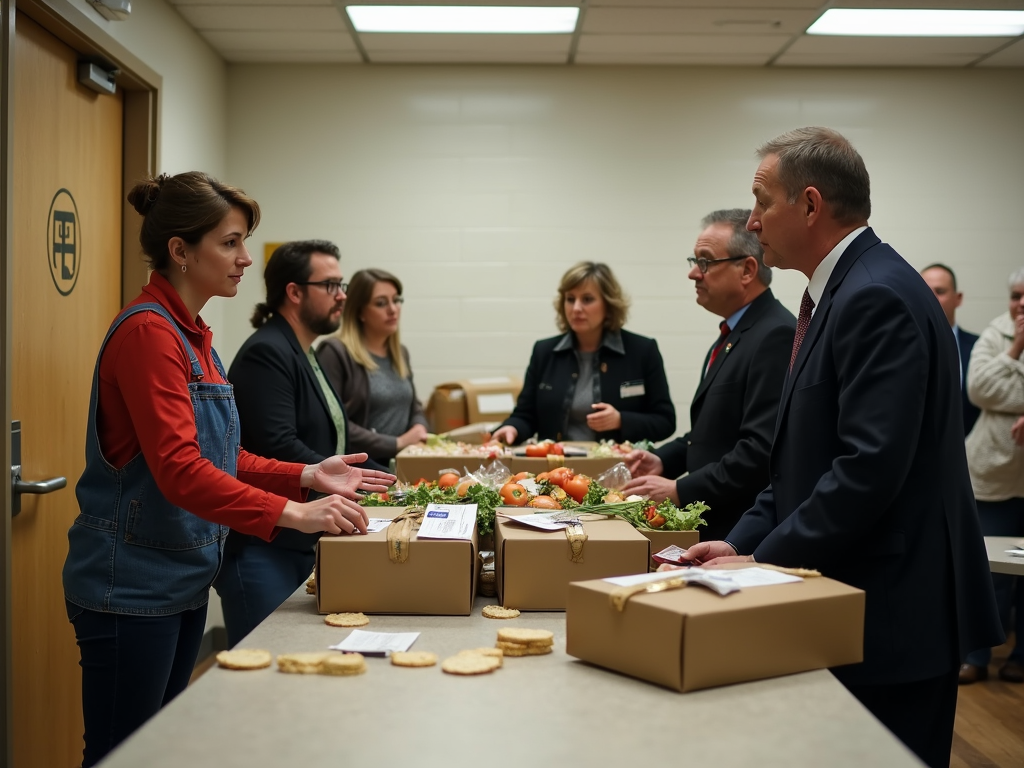Why Community Matters in Advocacy: The Power of Collective Action
By , May 18, 2025
Summary: Community is the heart of advocacy. It unites people, strengthens voices, and drives change. This article explains why community matters in advocacy and offers practical ways to use it effectively.
Advocacy means standing up for something you believe in and pushing for change. But doing it alone can feel impossible. That’s where community steps in. When people join together for a cause, their combined effort can make a huge difference. Whether it’s cleaner air, fair wages, or safer schools, community turns small ideas into big wins.
This article breaks down Why Community Matters in Advocacy. We’ll explore how it makes Advocacy Made Simple: How to Influence Change, dive into The Power of Community Organizing: A Beginner’s Guide, and show how it goes beyond helping individuals to create lasting solutions. Expect real stories, simple tips, and a clear plan to get started.

Why Community Fuels Advocacy
Advocacy works best when it’s loud and clear. A single person can speak, but a group gets noticed. Community makes this happen by:
- Boosting your voice: One complaint might be ignored, but hundreds demand attention.
- Sharing resources: People bring time, money, or skills to the table.
- Lifting spirits: Fighting for change is hard—friends keep you going.
- Pressuring leaders: A united group shows the issue isn’t going away.
Think of the women’s suffrage movement. It wasn’t one woman—it was thousands marching together that won the vote.
I saw this myself when I joined a push for more bike lanes in my town. Alone, I got polite nods from officials. With a group of 50 neighbors, we got action. Community turns ‘maybe’ into ‘yes.’

Advocacy Made Simple: How to Influence Change
Advocacy can feel big and scary. How do you even start? Community cuts through the overwhelm. Here’s how it simplifies things:
- Learn together: Share tips and tricks so no one starts from scratch.
- Split the work: Some write letters, others plan events—everyone helps.
- Gain leverage: A group can demand meetings or push laws forward.
Once, I helped organize parents to improve school lunches. We split tasks—research, calls, a petition—and got healthier meals in six months. Alone, I’d still be drafting emails.
Check out this guide to influencing policy from the American Psychological Association. It’s packed with steps to turn ideas into action.

The Power of Community Organizing: A Beginner’s Guide
New to this? Organizing a community sounds tough, but it’s doable. Try these steps:
- Pick your fight: What bugs you most? Start there.
- Find your crew: Post online, talk to friends, or hit local events.
- Connect: Chat with people. Hear their ideas.
- Set a goal: Keep it clear—like ‘add a crosswalk here.’
- Move: Start with a meeting or a flyer. Small steps count.
I began with a Facebook post about park cleanup. Ten people showed up. We’re still meeting monthly, and the park’s never looked better.
Need more? This community organizing handbook from the University of Kansas has practical tools to grow your group.

Advocacy in Action: How to Make a Difference Beyond Direct Service
Helping one person—like tutoring a kid—is great. But advocacy fixes the system. Community makes it possible. For example, tutoring helps one student, but pushing for better school funding helps hundreds. You need people to pull that off.
I volunteered at a food pantry once. It felt good, but the line never shrank. So, we started advocating for job programs. With a team, we got city support. Fewer people needed the pantry after that.

Building Connections Through Service
Advocacy isn’t just about winning—it’s about people. Working together builds bonds. I’ve made friends through advocacy who I’d never have met otherwise. We’ve cried over setbacks and cheered victories. Those ties keep us going.
Want in? Join a local group or an online forum. Show up, help out, share a bit about yourself. You’ll find your people fast.

Tackling the Tough Stuff
Community advocacy isn’t all smooth. Here’s what you might face and how to fix it:
| Challenge | Fix |
|---|---|
| Burnout | Share tasks, rest, celebrate. |
| Arguments | Talk it out, focus on the goal. |
| No money | Fundraise or use free tools. |
| Fading interest | Update folks, give them roles. |
It’s hard, but seeing change—like a new park bench we fought for—makes it worth it.

Conclusion: Community is advocacy’s superpower. It gives you strength, support, and a louder voice. Whether you’re new or experienced, lean on others to make change happen. Start small, build your group, and watch what you can do together. Ready? Get out there and connect.